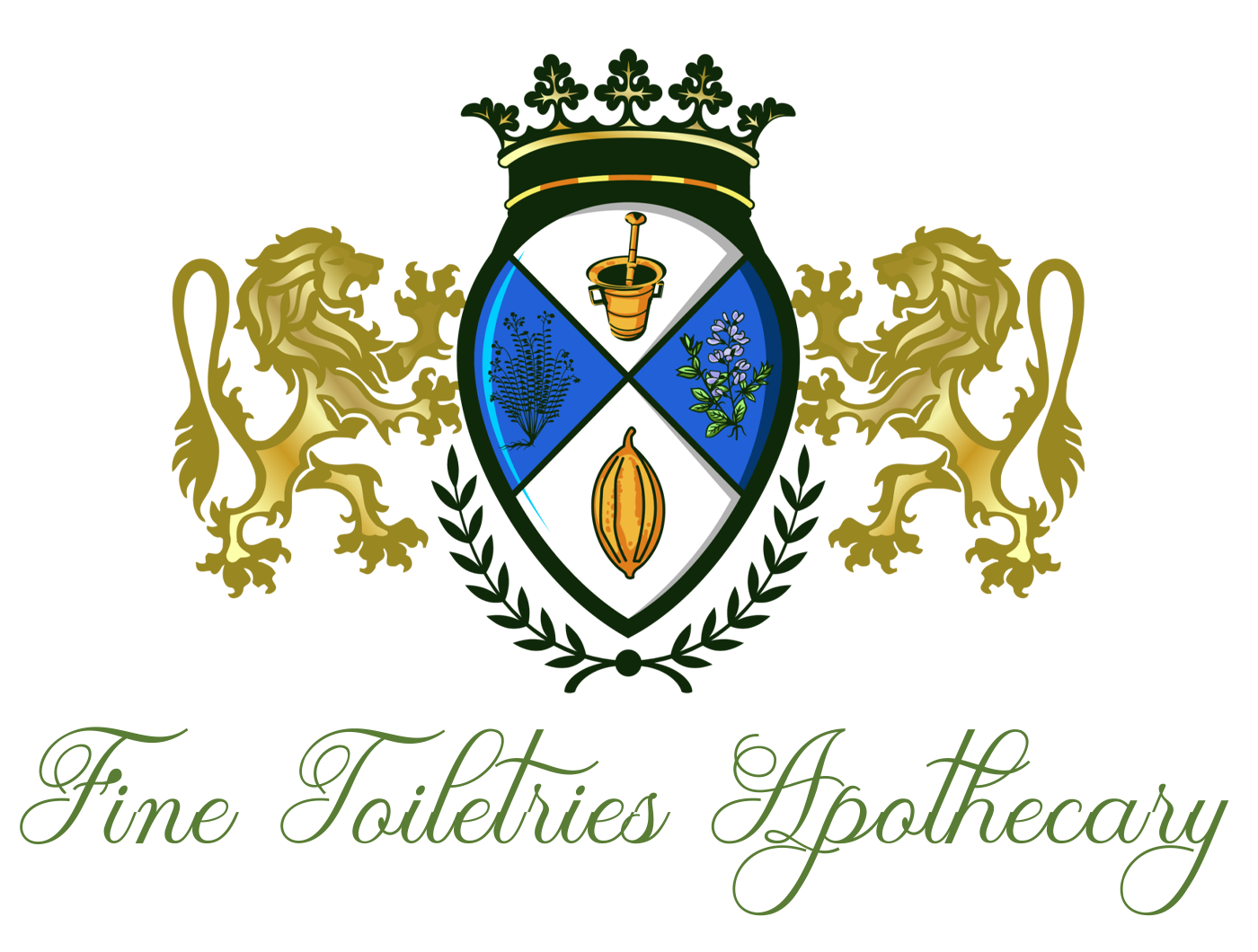What is the difference between eau de toilette, eau de cologne and eau de parfum?
Each scent has a story to tell: a person with which it is identified, a day to remember, a memory to evoke. To most, fragrances are not only a way to wear a pleasing aroma, but also a crucial part of creating memories that linger forever. Wearing that fragrance lifts your spirits, enhances your mood and boosts your confidence. It also makes you feel attractive, something everyone wants. However, it takes the right perfume and the right application know-how to obtain that personal scent.
Here are some interesting tidbits about the different perfume types, their history, and how they are made. Alcohol-free, all-natural waters are made from raw flowers and plants such as rose, lavender or chamomile and others. To extract the floral water, the flowers are steamed on a double boiler, in distilled water, and the resulting steam is condensed to become floral water.
The floral water so obtained has aromatherapy properties like those of essential oil. It is safe for use even on very sensitive skin to balance pH levels on your skin. When a distiller brews plant material with water in a large cooker the steam fills the pot and, as it rises, it causes the glands of the plants to burst and release the oils and essence of the plant into the steam.
The oil rises through a condenser and collects in a separate vessel. This is what we know as essential oil, but what about all that fragrant water that was steamed with the original plant material? That is our hydrosol, or floral water. To keep it free from bacteria, the waters sold in stores contain a tiny portion of sodium benzoate, potassium sorbate, and citric acid.
Eau de toilette is a refreshing fragrance with a ratio of anywhere between 5 to 10% essential oil. It is also known as toilet water or aromatic water. It fades away quickly as compared to others, and contains less alcohol than cologne. After extraction, blending and mixing with alcohol, the concoction is ready for the aging process. The scent fades away faster than other types of parfum. According to,(Perfume.com). It has a refreshing fragrance and is commonly used during summer and spring months.
Originally,
Eau de cologne was referred to a famous traditional Hungary concoction of herbs in alcohol that was probably worn as a fragrance and drank as a remedy. It is very aromatic and combines green notes from the plants and blends them with floral notes.
This type has a much lower fragrance concentration (about 2% to 4%) than the EDT with a high alcohol content, and, therefore, is cheaper than the above. It generally lasts for up to two hours. EDCs mostly come in bigger bottles as more of these fragrances should be worn.
Also, eau de cologne is referred to a traditional recipe that used herb and citrus notes with little anchoring with base notes. It is very popular among those who like the healthy end of fragrances, also known as garden style.
Eau de parfum
This has a high fragrance concentration of between 15 and 20%. EDP holds a high place because of its high price, made so by its high concentration of essences. It releases the top, heart and base notes for a considerably long period, keeping your scent for longer.
It is sold in much smaller volumes as only a little needs to be applied. Sniffing out your perfect fragrance boils down to two things; your preferences and your body’s chemistry.
Take a moment to think about your favorite scents and what emotions they evoke, then make a list. With each from the list, try samples on your skin to eliminate those that react. Always buy your perfume from reputable manufacturers and when you do, don’t wear too much. It’s a turnoff.
The percentages indicated here are just guidelines; there are no universally agreed ratios and will vary from source to source.

